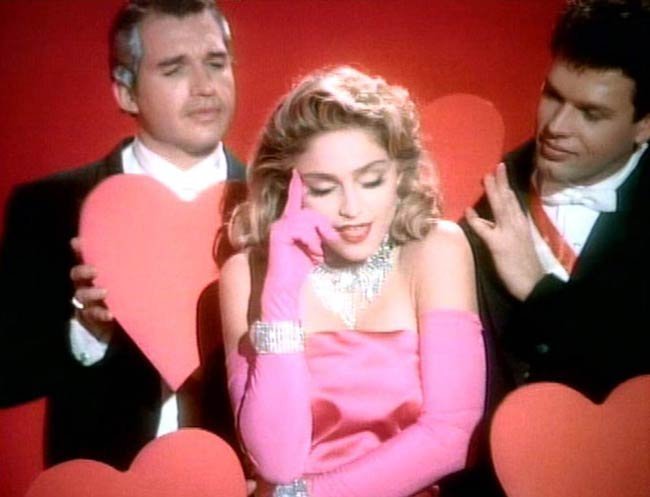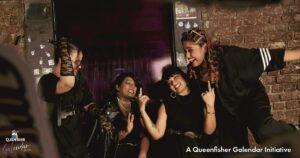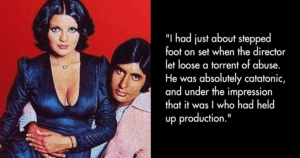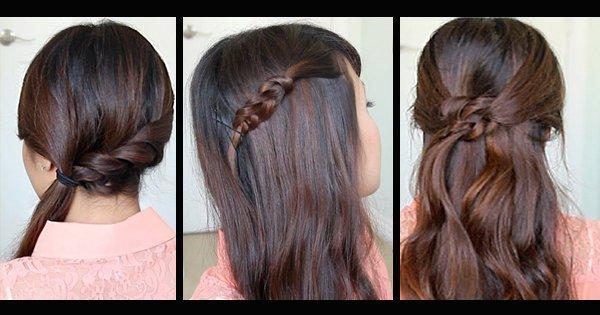We have been told that pink is for girls and blue is for boys. But where did all the gender stereotyping start? Researchers say that there is no one event or movement which shows how it all came up, but there are small jigsaw puzzle pieces which put up a fair picture of what it must have been. It escalated slowly to where it is now.
These facts about how pink became a feminine colour and blue became a colour for boys will shock you.
1. U p to the end of the Victorian era, babies of both sexes were dressed pretty much the same
White was easy to bleach and therefore was very common. The clothes were the same but accessories often varied.
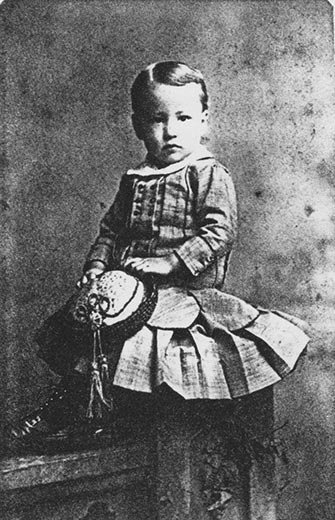
2. T he June 1918 issue of the Infant’s Department magazine said that pink is for the boy and blue for the girl.
The reason mentioned there was that pink seemed to be a lighter shade of red, a more decided and stronger color, which seemed more suitable for the boy; while blue was seen as more delicate and dainty, prettier for the girl.
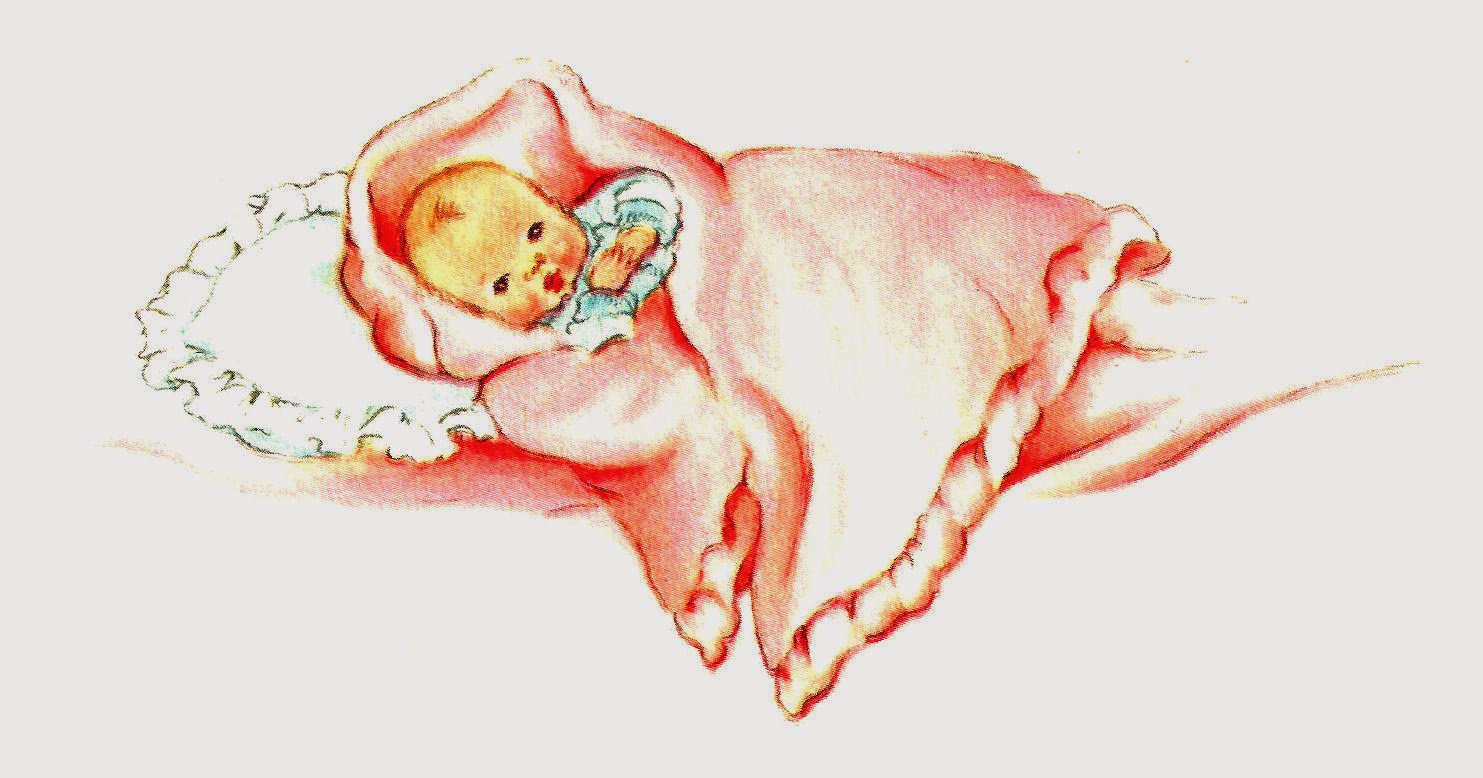
3. Baby books, new baby announcements, gift lists and newspaper articles from 1900s indicate that pink was just as likely to be associated with boy babies as with girl babies
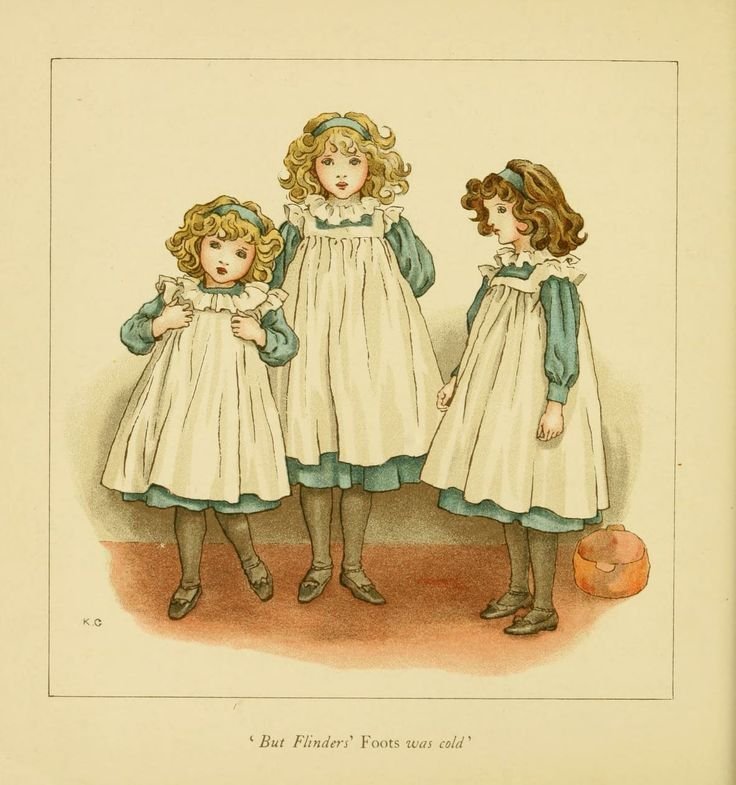
4. A Journey Around My Room, published in 1794, recommended that men have pink and white bedrooms to brighten their moods
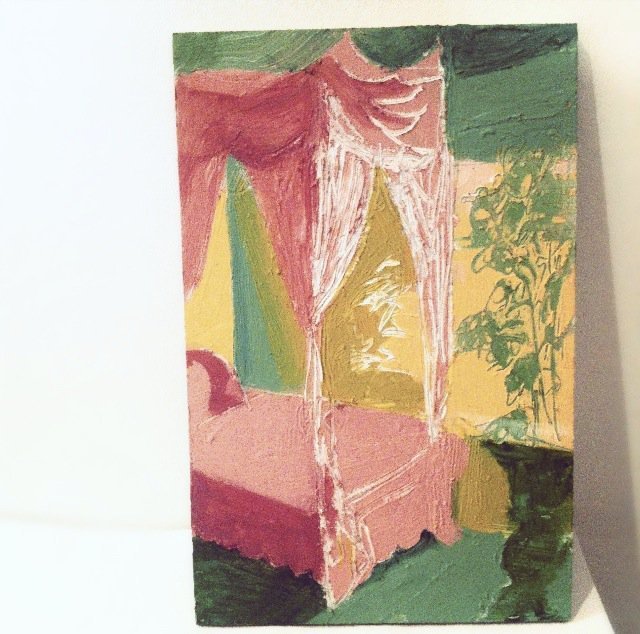
5. Before the 1900s, babies were usually dressed in white regardless of gender
While babies were dressed in white, paintings from the 1700s show men and women dressed in both pink and blue. It negates gender stereotyping.
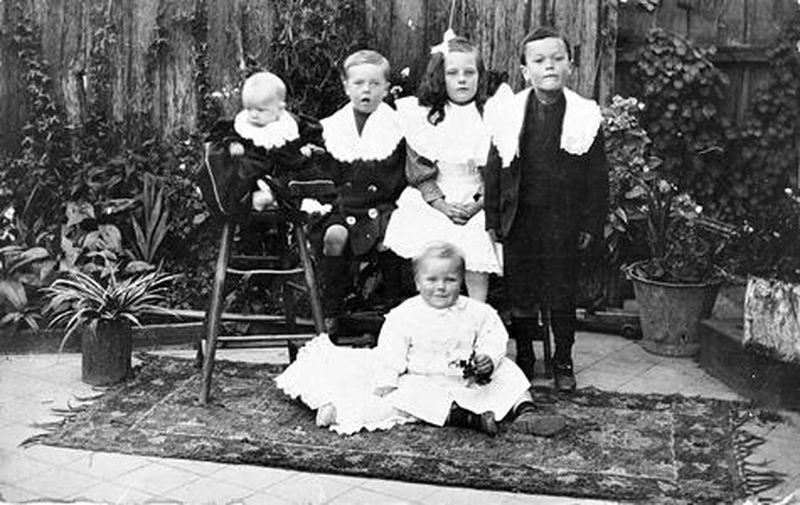
6. Blue for men is a post-World War II phenomenon
After WWI, blue was used extensively for men’s uniforms. which is why it got associated as more of a masculine color. From the 1940’s onward, pink was pushed as a woman’s color. “Think Pink” was the marketing slogan to convince women to embrace their femininity.
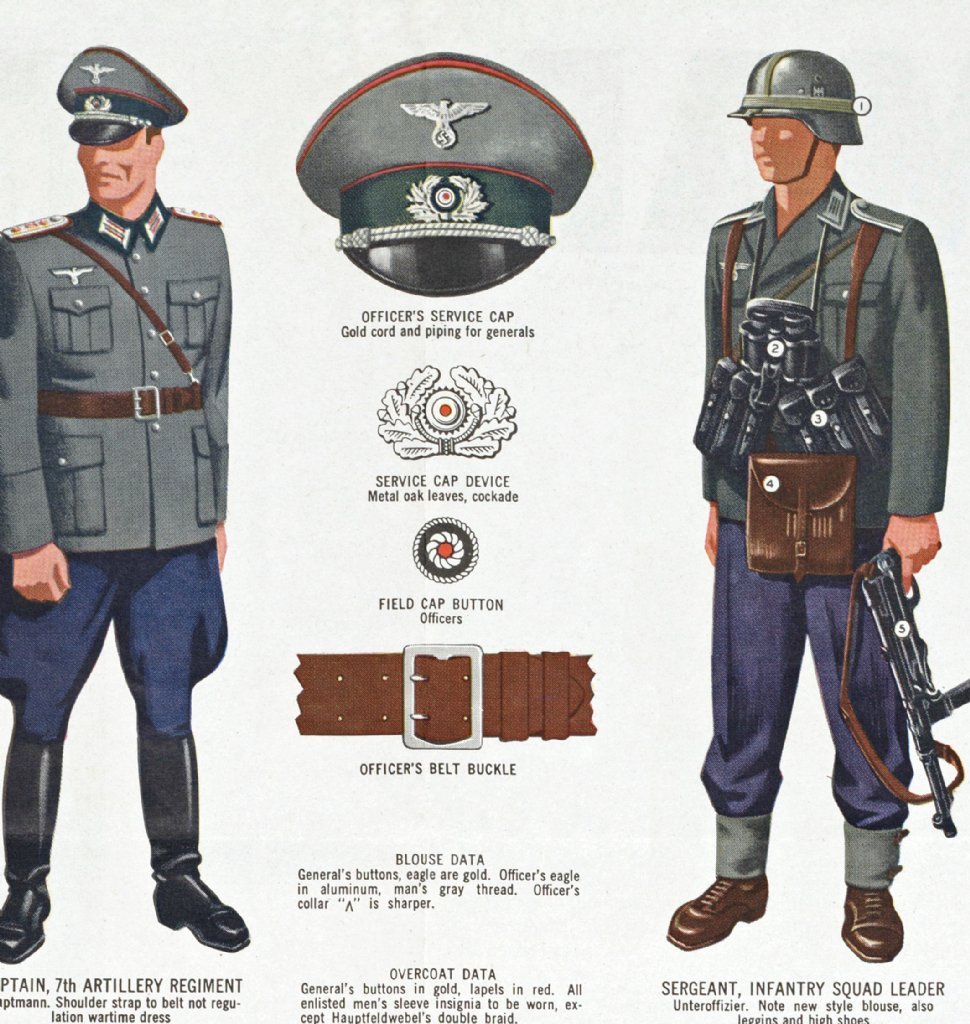
7. Various theories fueled the fire. Some blame Barbie
There are theories that the Nazis are responsible for the ‘switch’ and also that parents wanted their little boys to wear blue to resemble Daddy’s sailor uniform. Some t heories say that pink for girls became popular because of Barbie.
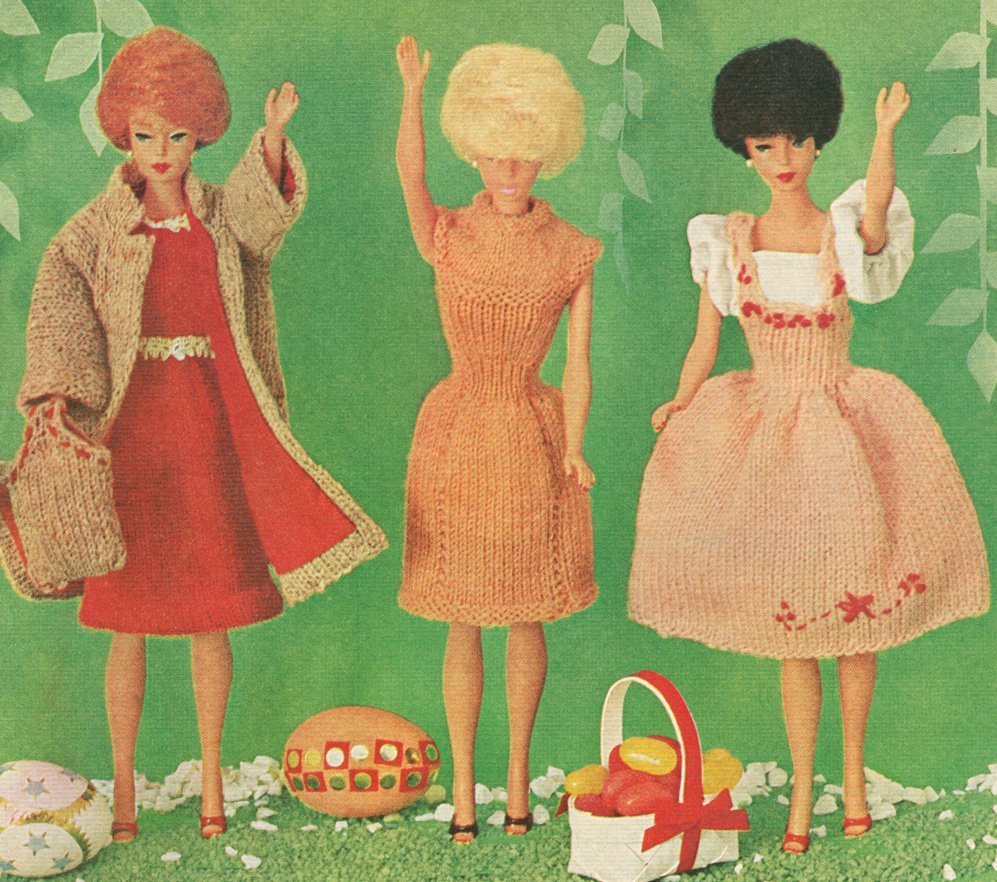
8. Colour stereotyping according to complexion and eyes
In most of Europe and America of the 19th and early 20th century, pastel colors were considered “youthful” and were used more often to flatter the complexion, not denote gender. Pink was considered more flattering for brown-eyed, brown-haired people and blue for blue-eyed people.
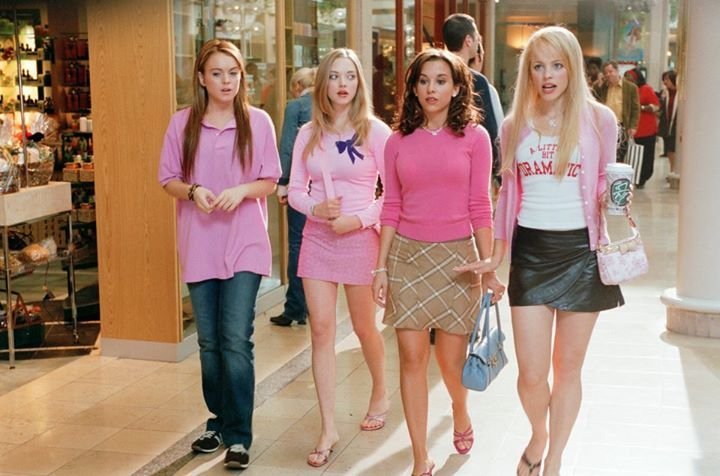
9. Between 1900 and 1940, there was a movement towards more gender distinction in clothing
It first came in for toddlers and then for adults. There was also quite a bit of confusion among clothing manufacturers and retailers about which was which, as they tried to settle on one rule for the entire country. But due to confusion, it was often reversed in some parts of the United States.
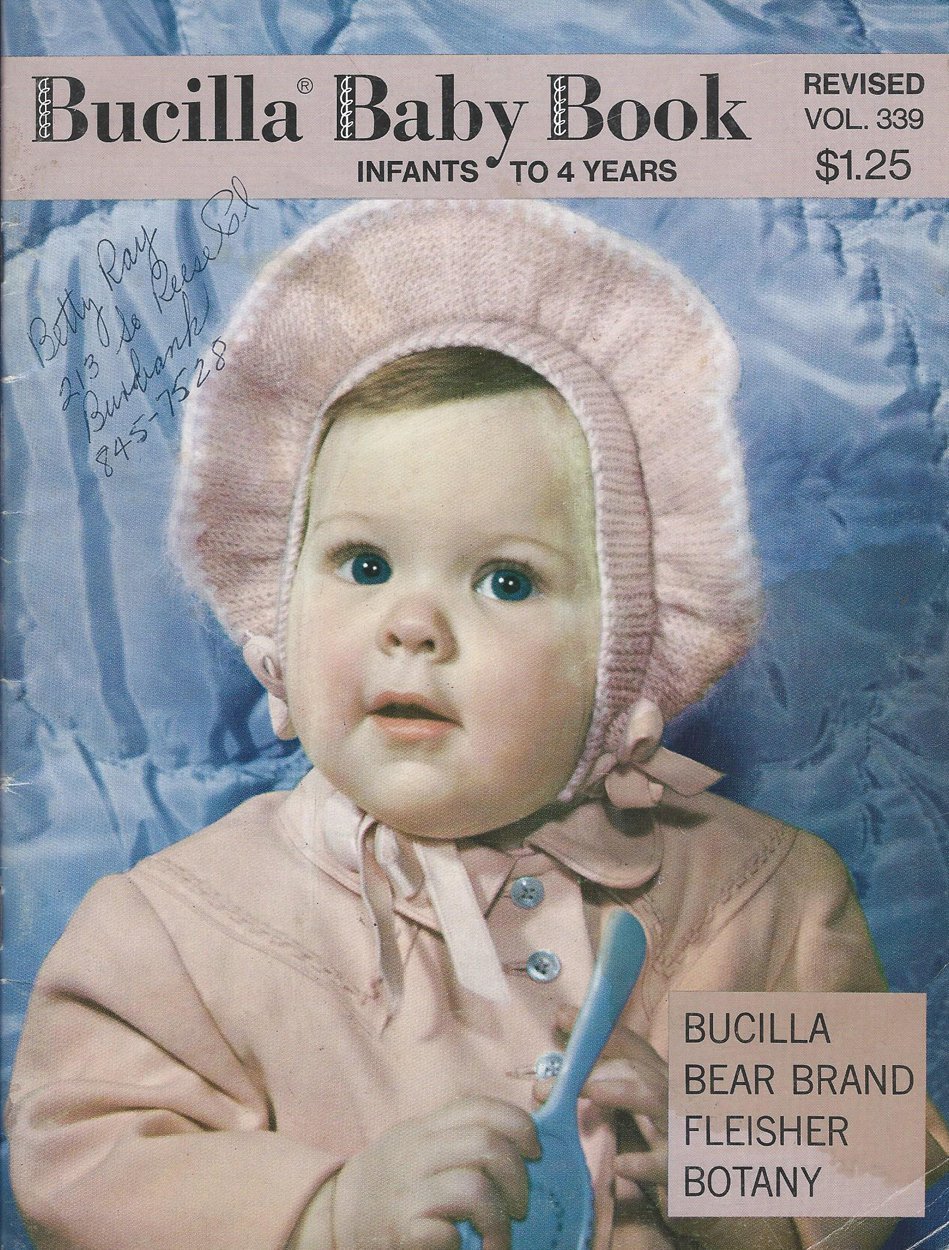
10. From around 1940 to mid-1980s, pink and blue had their familiar association. Popular culture also pushed it
Since around 1985, pink has been not only a strong symbol of femininity, but neutral and non-pink options have been gradually edged out. And thereafter, popular culture took it forward to where it is now.
